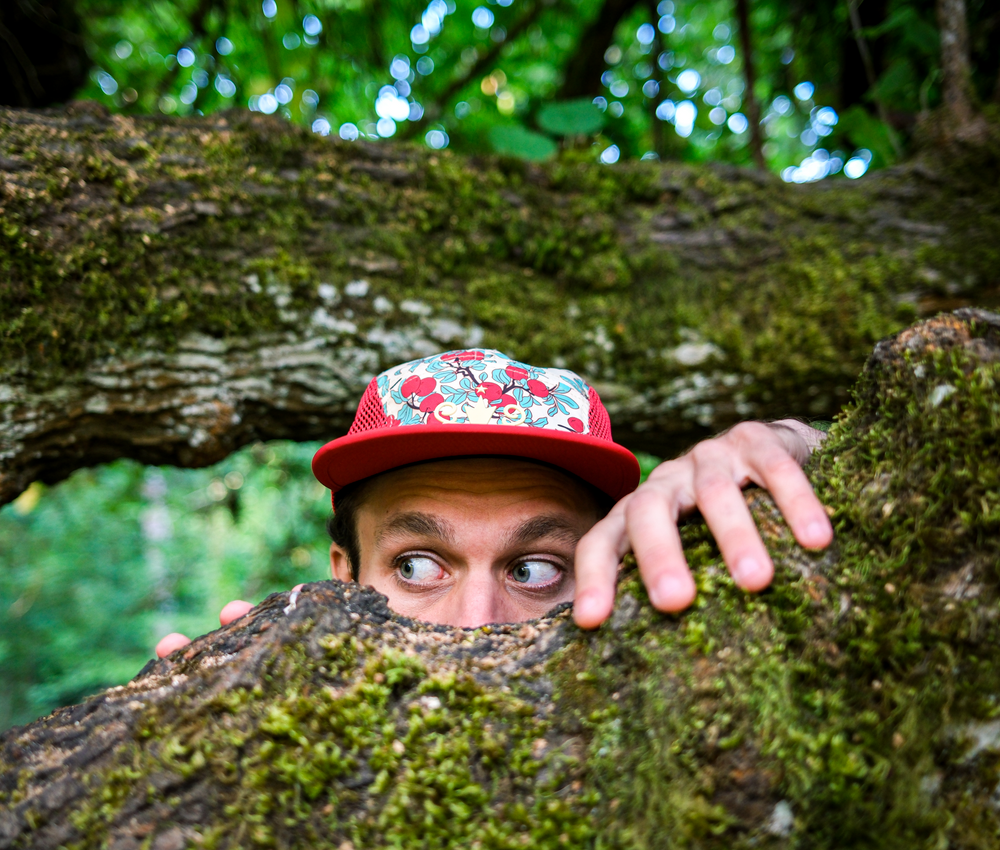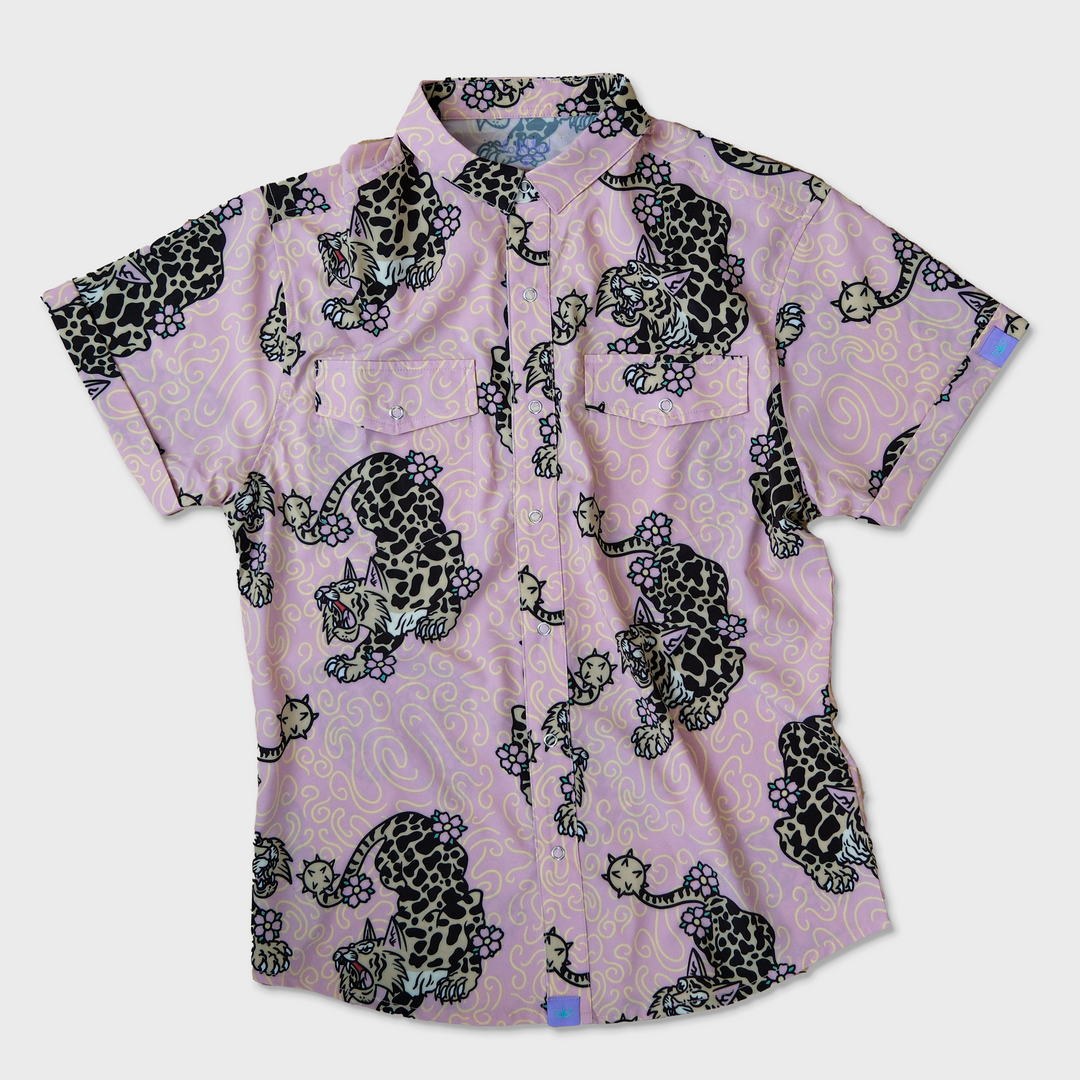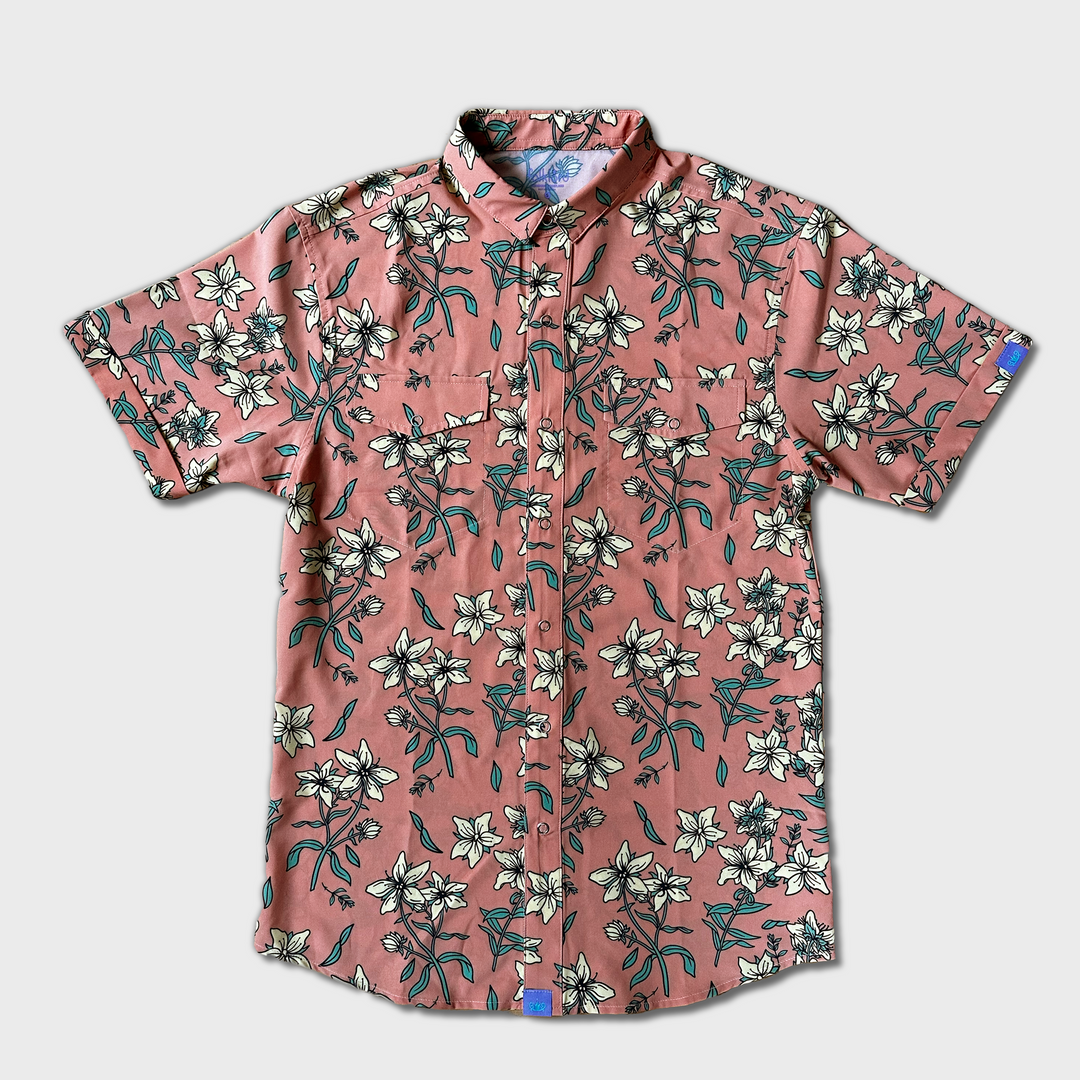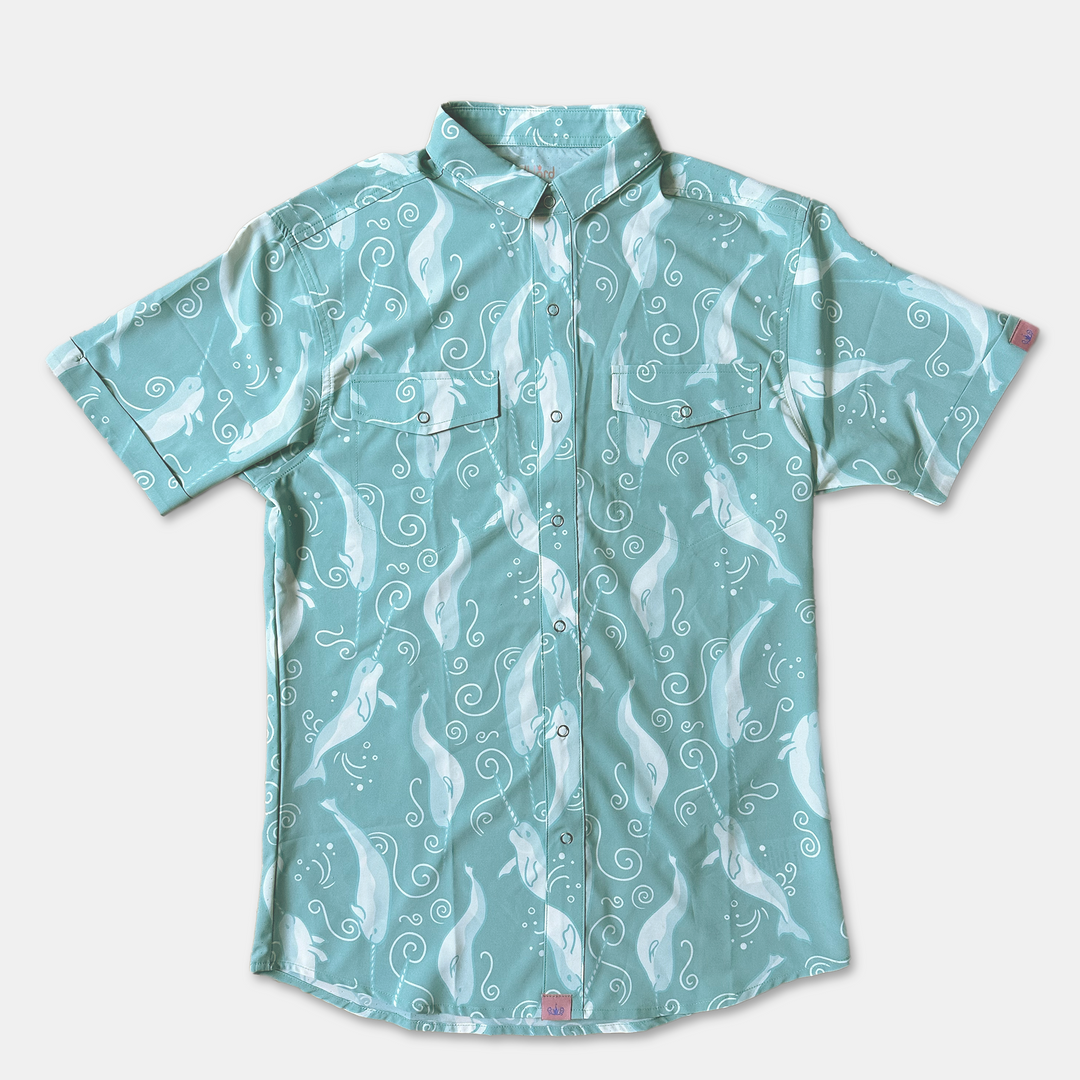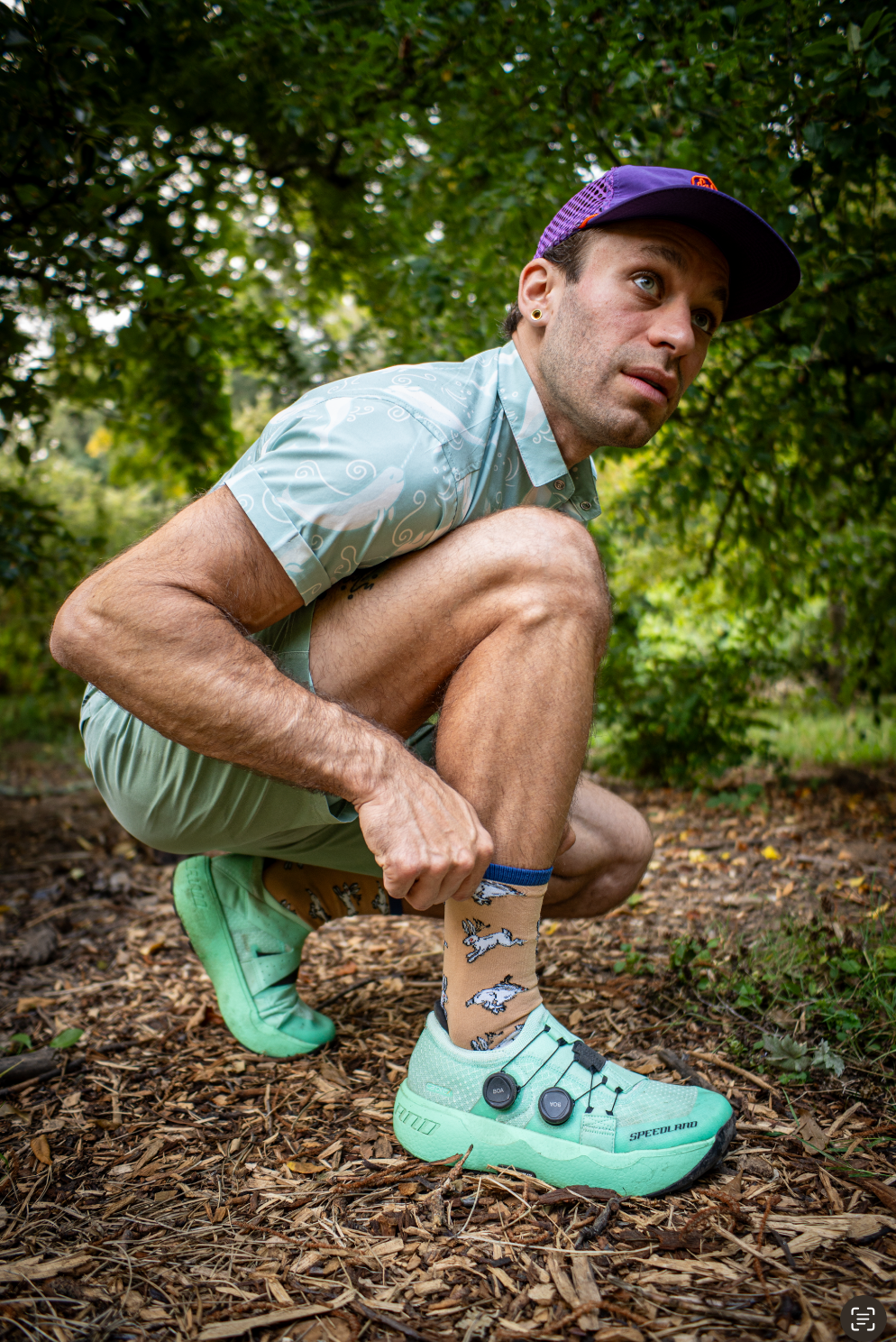TENGU

From waterfront walkways to mountaintop meadows to philosophers' promenades, the cherry blossom tree has long been synonymous with beauty, introspection and the transience of nature and the soul. But look beyond their beautiful blooms, and you'll discover folklore as contorted and quirky as the branches of these ancient trees.
Journey back to medieval Japan where these tales sprout. Atop Mount Kurama, just about an hour north of modern-day Kyoto, a shrine sits nestled among massive conifers that spill down the slopes and blend into a lush green blanket toward an infinite horizon. Now a nationally designated historic treasure and home to the annual Fire Festival—no, not that one; think far less Ja Rule—back then, it became the temporary home of the Minamoto federation's scion as he fled the dangerous Taira warlords. Not a bad place to spend time while under potential political persecution, but because of his societal status, young Yoshitsune is ostracized by his fellow boys at the monastery. While everyone is being absolute dicks to him, despite his instructions to take on a life of piety, Yoshitsune is far more cut out to be a warrior.
The boy takes to training by himself in the woods near the temple. It's here we get several depictions of Yoshitsune's hero journey in the form of plays and artwork from the time period, most notably the 15th century's Kurama tengu. While training by himself, most likely in the vein of George Michael Bluth in his garage lightsaber video, Yoshitsune encounters an old yamabushi, or ascetic mountain hermit, who himself has been shunned. (Apparently this monastery is cliquier than the high school in Mean Girls.) The hermit takes the boy under his wing, and soon reveals himself to be Sōjōbō!
You don't seem shocked, so let me elaborate: Sōjōbō, the King of the Tengu!
Still nothing? Okay, let me explain.
Tengu are intertwined with Japanese folklore, a thick and twisted braid with expansive tales of both duality and non-duality—because a common theme in Japanese legend is something representing an idea and the antithesis of that idea, to make things more complicated, and also zen. Tengu are forest dwellers, always represented as yamabushi Buddhist priests, so much so that the ideas of tengu and hermits became intertwined and they were said to be able to transform into one another. Often depicted as having avian characteristics like talons or beaks or wings, they also wear the famous red masks with Pinocchio noses. And similar to the wooden boy, long noses symbolize deception and pridefulness. You might wonder why the description of these guys started so inimical and peaceful and ended as a hideous bird-man with a Steve Martin Roxanne schnoz. Therein lies the duality. Although Tengu represent Buddhism, they were initially conceived as the anti-Dharma, incapable of achieving enlightenment and subject to the temptresses of desire and passion. However, their priestly garb shows this balanced existence: even those who may initially be perceived as the antagonist of good, can still prove to be righteous themselves—and that in itself is the full display of Buddha's mercy.
Back to Yoshitsune. Sōjōbō trains the boy, imbuing him with his supernatural abilities and sculpts him into the hero he was always meant to be. The artwork typically indicative of the play and the story of Yoshitsune highlights this montage, in a setting among (you guessed it!) blooming cherry blossoms, their pink and white petals falling softly around them like a tranquil first alpine snow. Despite Sōjōbō's mentor relationship to Yoshitsune, Kurama tengu still reminds us that these forest spirits are threatening monsters who "live in enmity of men."
You'd think Yoshitsune would keep this idea in mind after how formative this whole experience was. But although he helps his brother, Yoritomo, defeat the Taira and establish the Minamoto federation as Japan's supreme power, Yoritomo becomes shogun and turns on him. But that is a story for another day—and another play, called Yoshitsune and the Thousand Cherry Trees.
So, next time you stroll under the canopy of sakuras in the springtime, don't simply think about the beauty. Think about the harsh realities of corporeal and supernatural, the duality of man, the religious and the heretical. As the petals drift to the ground, each one holds a different truth. Or, you can just think about their beauty, that's probably more fun.
See you out there.


